Clay Succession Night: The ultimate showdown between Sabalenka's Curse Breaker and the New Throne
When the dust settled on the first semi-final of the 2025 French Open Women's Singles at the Philippe Chartier Stadium, the scoreboard settled on the dramatic number combination of 7-6(1) 4-6 6-0, Roland Garros witnessed a turning point in an era when Sabalenka's thunderous baseline firepower not only ended Swiatek's 26-match unbeaten run at the French Open, but also shattered two seemingly unbreakable curses: defeating the four-time champion on clay for the first time in her career. It also ended the 15-game winning streak of the Queen of Poland against top 10 players in Paris. Far from being an ordinary semi-final, the match marked the beginning of a change of hands on clay in women's tennis, with a new generation of power unstoppable reshaping the landscape.
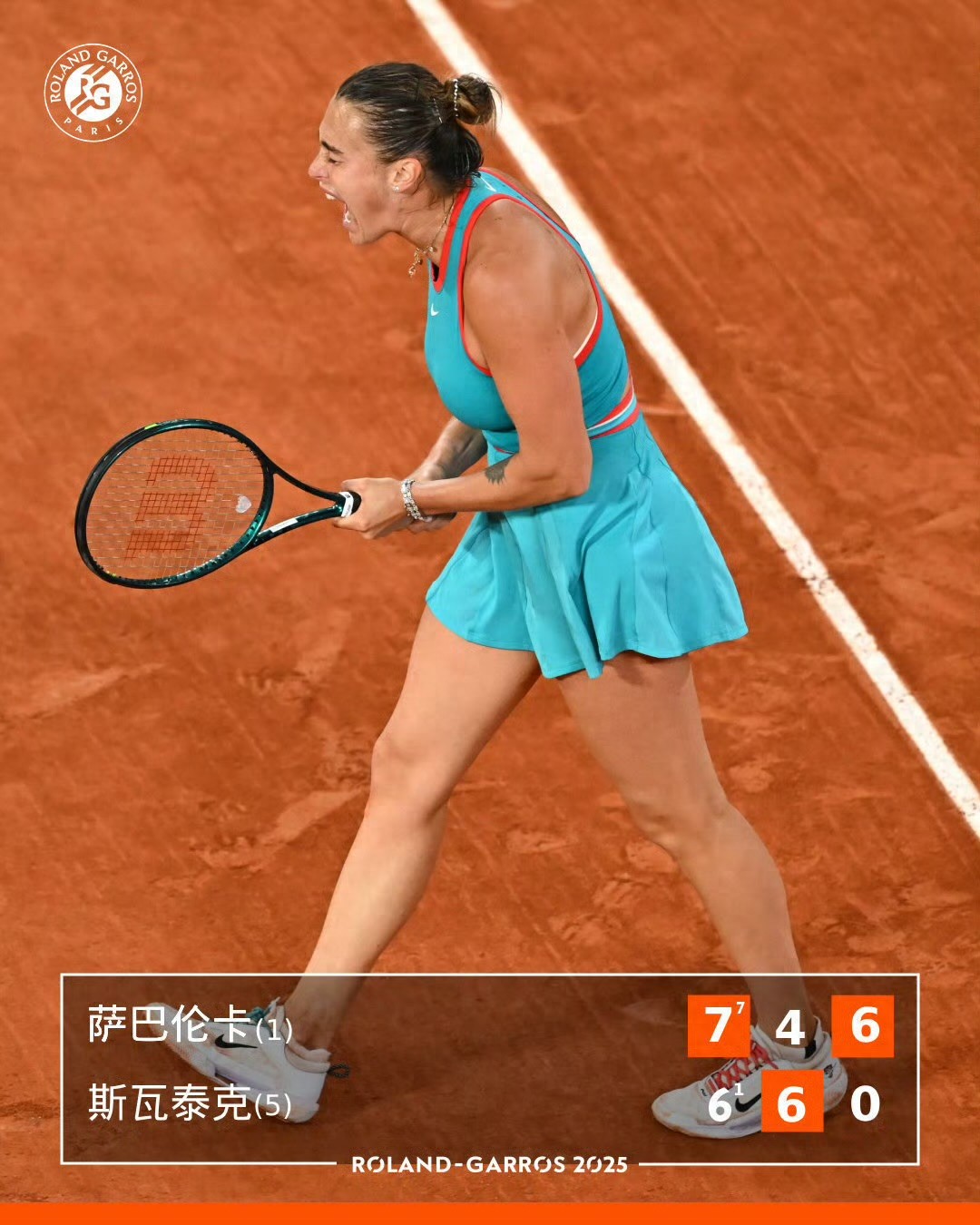
After winning the first set tie-break with a brutal 7-1 victory, Sabalenka faced a textbook counter-attack from Swiatek in the second set. The Pole used her trademark multi-beat hold and subtle line changes to explain why she was able to win the trophy here four times in the second set. But the turning point of the match was a microcosm of the development of modern women's tennis, when traditional clay tactics met contemporary violent tennis, and Swiatek's attempts to transform it into an attacking player exposed fundamental contradictions. According to the technical statistics, Swiatek made a whopping 42 unforced errors throughout the match, almost double Sabalenka's (25), a discrepancy that can be fatal on clay.
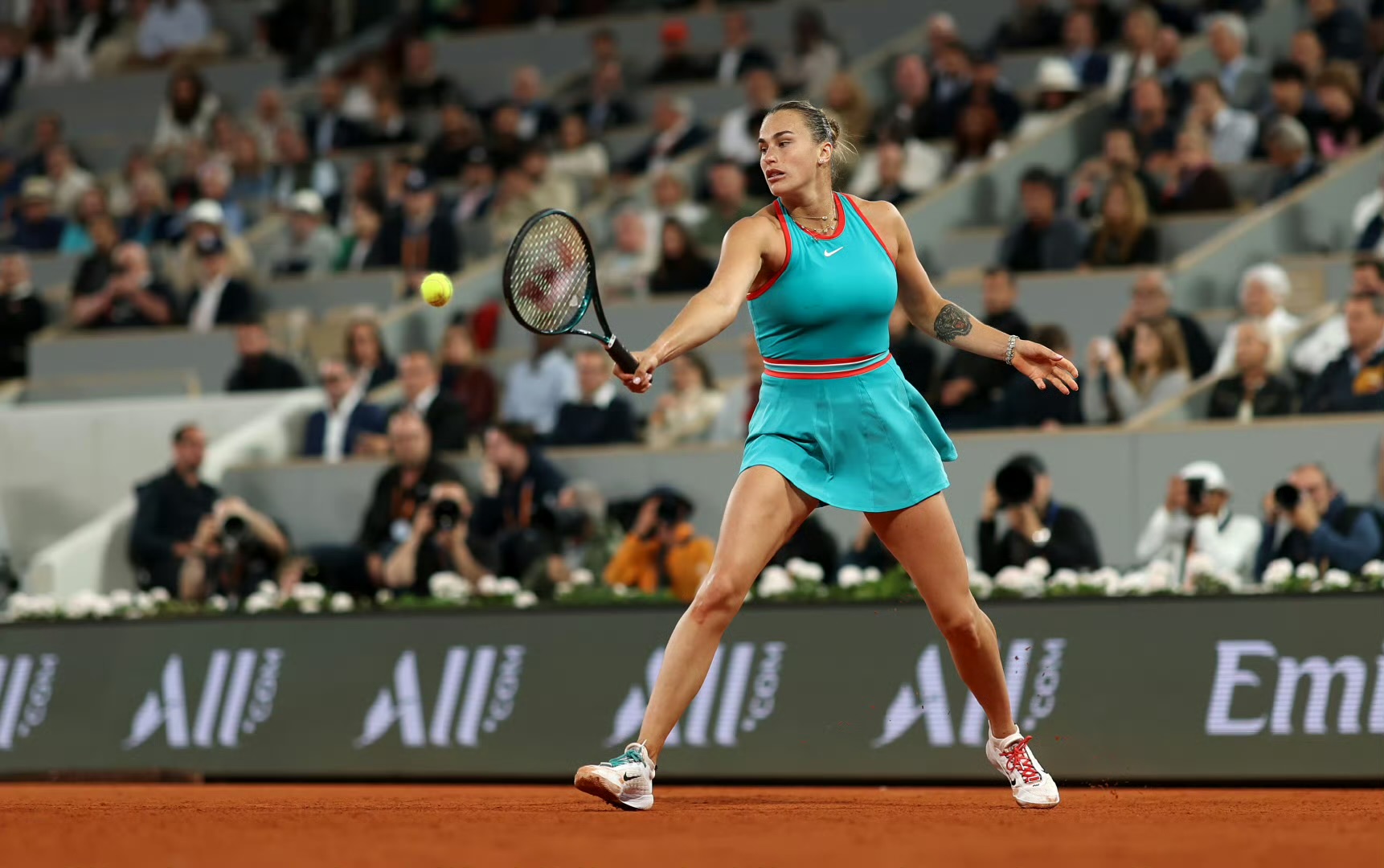
The deciding set was a perfect showcase of Sabalenka's individual ability, with 100 per cent of first-serve wins and 73 per cent return wins forming a netting of firepower that Swiatek could not penetrate. The 6-0 sweep in the 28th minute was not only a crushing score, but also an all-round victory for the tactical system. Notably, this was the first time in Swiatek's career that she had been given an egg in the French Open decider, a brutal fact that suggests that the philosophy of women's tennis on clay is undergoing a radical change.
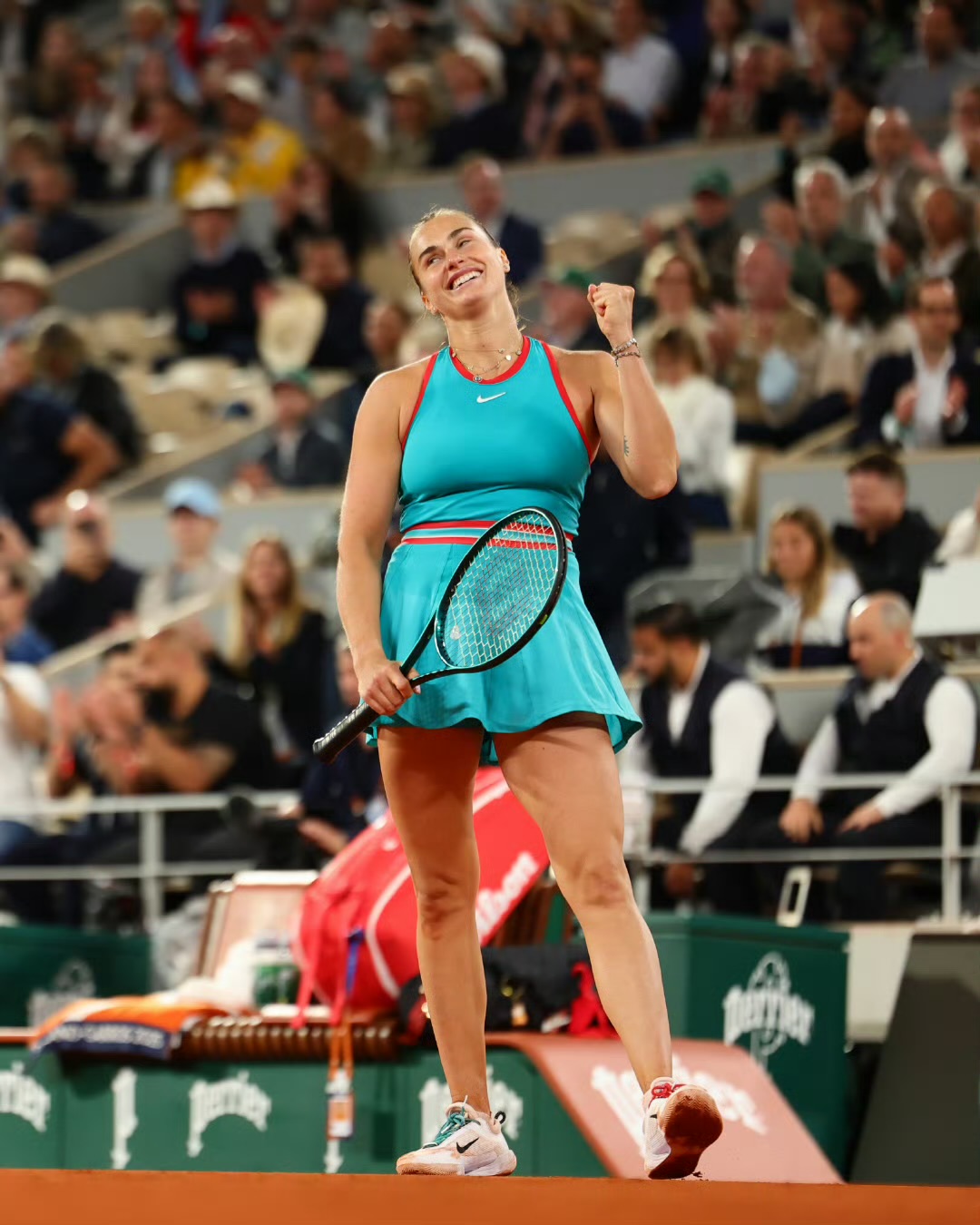
Immediately slipped to No. 7 in the world rankings and went 12 months without a tour title, and behind these numbers is an even more stark reality – Swiatek's clay-ruled system is losing its magic. The technical shortcomings exposed during the game were worrying: the lack of cutting and short-ball variation made the attacking means monolithic, the unimaginative handling of opportunities in midfield, and the once impregnable counter-attacking system of Sabalenka's level of attacking from the bottom line. When a four-time French Open champion wins just eight points in the deciding set, the rout goes beyond the ups and downs of form and points to a systemic crisis in the technical and tactical system.
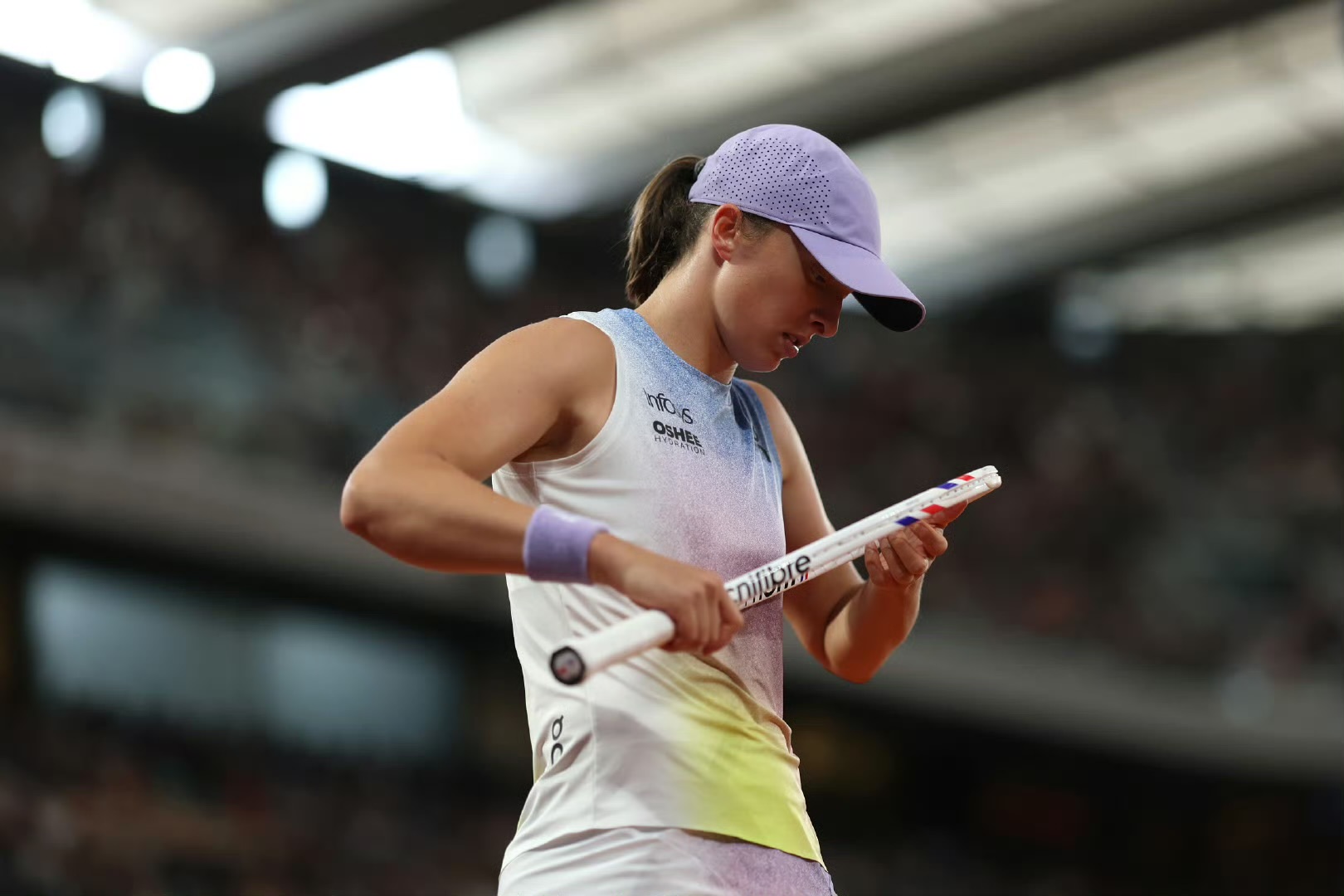
In the other Women's Singles semi-final, Gauff comfortably ended Boisson's dark horse run 6-1 6-2. The upcoming title match between Sabalenka and Gauff will be the most exciting French Open final in recent years. The 5-5 record showed the perfect balance, and Sabalenka's sweep of Gauff in this year's Madrid final hinted at the Belarusian's subtle advantage on clay. This matchup will go down in history not only as a championship, but also as a head-to-head collision of two tennis philosophies:

Sabalenka represents the pinnacle of the violent aesthetic of modern women's tennis, and she has honed her serve and forehand into an invincible weapon this season; Gauff, on the other hand, inherited Nadal's clay wisdom, and her defensive coverage and tactical versatility constitute the strongest mobile fortress of our time. It is interesting to note that Sabalenka's patience and tactical discipline at the French Open are in stark contrast to her image of "crazy attacks" in the past; Gauff, on the other hand, has maintained defensive resilience while significantly improving his forehand offensive ability.
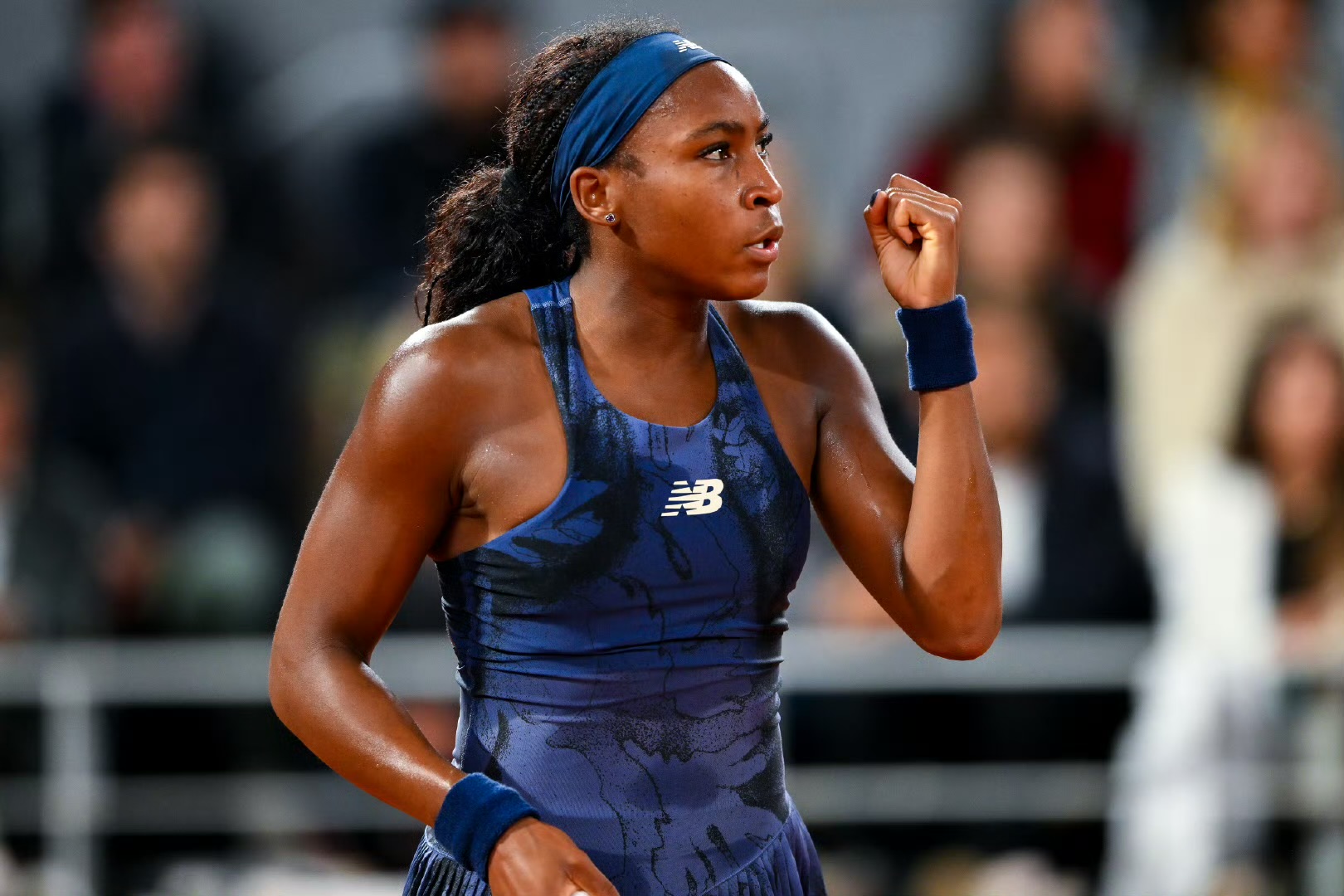
The outcome of this final could depend on one key factor: Sabalenka's ability to maintain a surprising consistency. Her unforced errors at this French Open have reached a career-best level, and this evolution has made her attack even more deadly. Gauff, on the other hand, will need to deal with inconsistent serve and fluctuating hold rates, especially against a return of Sabalenka's calibre.

Whoever lifts the Susan Lenglen Cup, the 2025 French Open is destined to be a watershed moment in women's tennis. Sabalenka's victory would establish her status as the new generation of all-round queens; If Gauff wins, she will become the first American women's singles player to win the French Open since Serena Williams in 2002, realizing the transformation from "runner-up professional" to "queen of clay". This ultimate showdown of the new generation of thrones will be engraved in the history of tennis for a long time with its rich historical dimension and tactical connotation.(Source: Tennis Home Author: Mei)







 Links
Links
 Contact
Contact
 App
App


